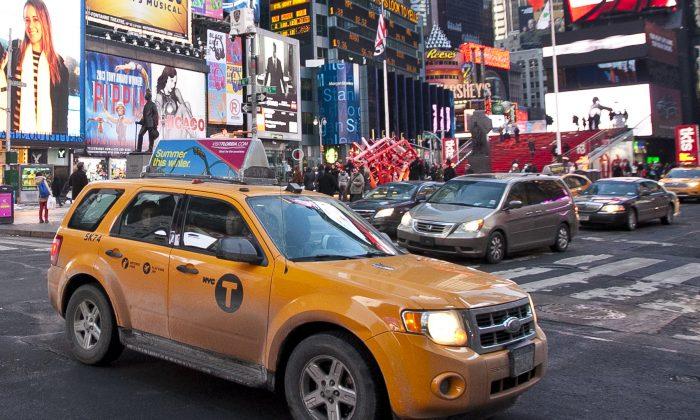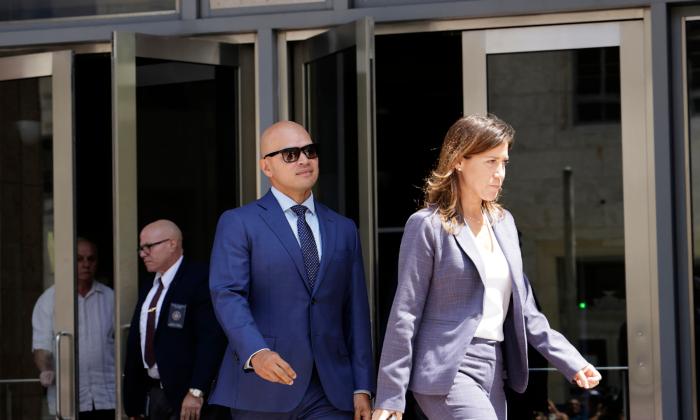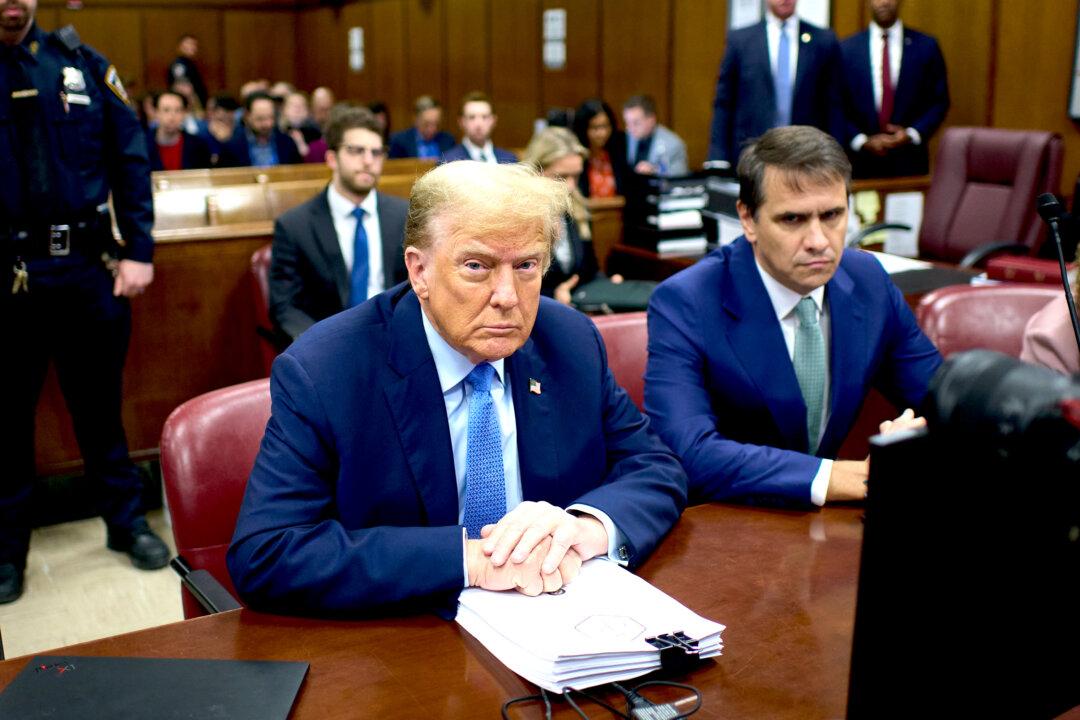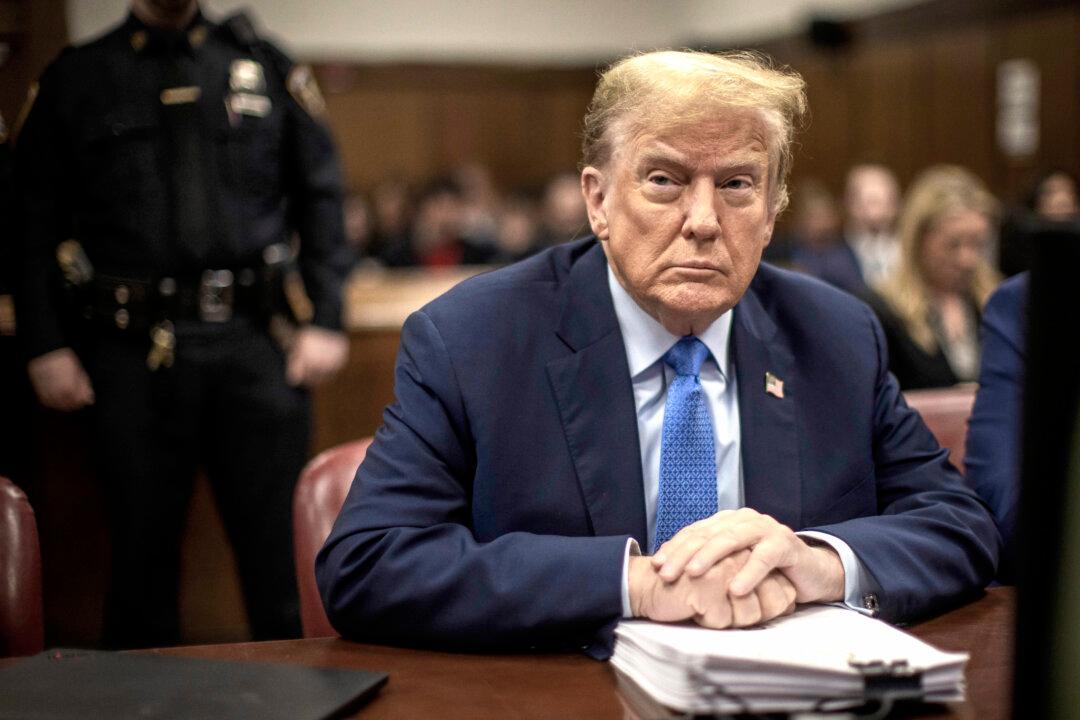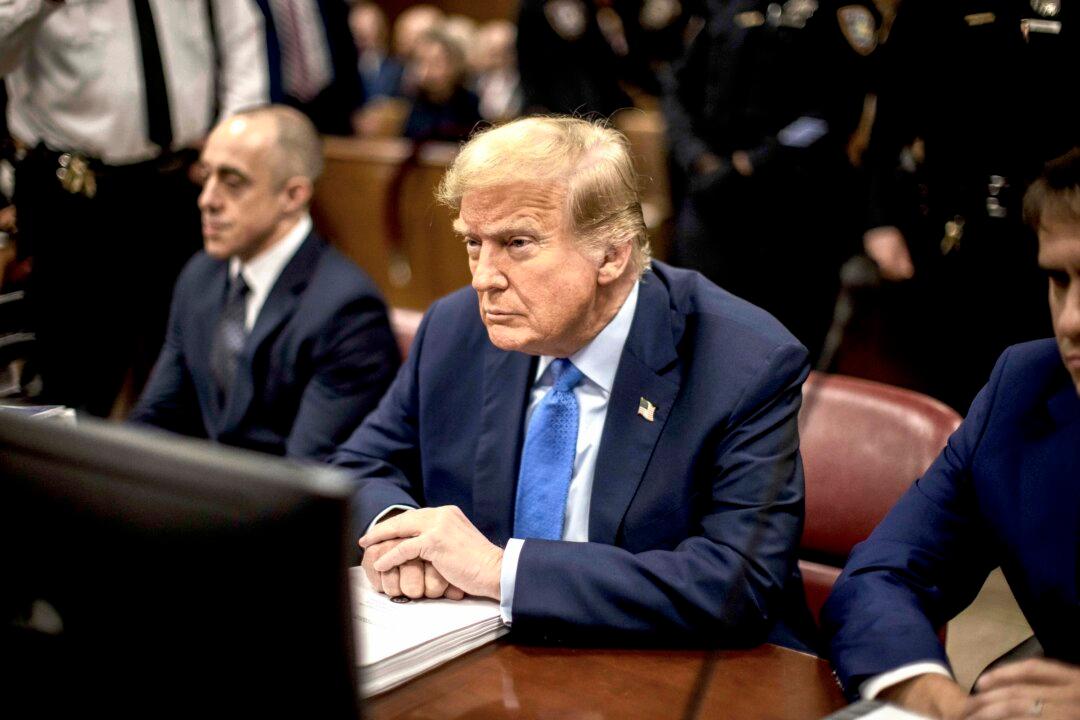NEW YORK—That New York City’s transportation infrastructure sorely needs funding is of no surprise, but the level inaction—wrought by lack of political will—spurred experts and advocates to fill the gap.
Traffic engineer and former transportation commissioner Sam Schwartz, “Gridlock Sam,” announced many versions of his toll swap plans throughout his years working in the city, and it has always been met with much opposition. Former mayor Michael Bloomberg again proposed such a plan in 2007, to no avail.
The “congestion pricing” plan, which tolled the much-used free bridges and lowered tolls on the expensive outer borough bridges, has since changed to reflect years of input from all stakeholders. It’s unusual to see representatives from the automobile and trucking industries on the same side as transit advocates, but now groups that were once opponents are all turning to the idea of a toll swap to address their respective needs.
The American Automobile Association NY (AAA-NY) branch, which once sued over variations of the plan, has not formally endorsed Move NY and the Regional Plan Association’s (RPA) draft toll swap plan, but sees the benefits and is on board with the condition that all items promised are delivered.
The New York State Motor Truck Association and representatives from the outer boroughs spoke in the same vein, at a conference hosted by Move NY and RPA to address all stakeholder concerns and launch their listening tour.
The plan, put together by Schwartz with input from hundreds of stakeholder groups, estimates raising $1.5 billion in revenue each year.
For the next ten months, the groups will meet with as many elected officials and community leaders as possible to seek input.
“The reason there were so many opponents in the past is ... [because] last time it was shoved down peoples’ throats,” said Alex Matthiessen, founder of environmental consulting firm Blue Marble Project and organizer with Move NY.
The mayor and governor have not supported or rejected the plan, and the groups have not asked them to, as it is still a working plan. By the end of the year, Move NY and RPA seek to have a final draft to release. Proponents of the plan have, however, put it in terms that speak to the progressive mayor’s agenda--that everyone should pay their share, and that the plan creates five-borough equity and equality in an ongoing, sustainable way.
Benefits for Drivers
The nation’s transportation deficit is troubling, and the effects only come out more prominently in metropolitan areas like New York City. It’s an effect even any casual user of the city streets can attest to. Over 200,000 potholes have been filled just this year--translating to nearly 140 an hour--and still the city’s roads are cracked, bumpy, and pothole-ridden.
Part of why the trucking industry is now interested in this plan is because the gas tax just isn’t working, said Kendra Hems, president of the New York State Motor Truck Association. The city’s bridges, highways, and streets are the truck drivers’ livelihoods and they are behind the plan as long as the benefits promised--fixing these decaying structures--lasts as long as the new tolls do, Hems said.
John Corlett, director of government affairs and traffic safety services for AAA-NY, expressed similar sentiments because alternatives have just not worked. This year alone, AAA-NY has received about 13,000 calls regarding flat tires, mostly due to potholes.
With the way the free bridges are positioned now, many trucks run through Manhattan despite having a destination outside of Manhattan, in order to avoid tolls. Hems said they were open to discussions on how to keep commercial traffic outside of local and residential streets as well, because truck drivers do not want to be in high pedestrian areas any more than pedestrians want to cross busy streets connecting to highways.
Kevin Lam from the Long Island Association said drivers also understand that in funding transit, it reduces congestion for those who need to drive. When commuter rail lines closed down in the wake of Superstorm Sandy, for example, the roads were much more congested.
Users Pay
Schwartz brought up the issue of creating a locked box for these funds, meaning the revenue raised by the plan would continue to solely go towards funding the items in the plan.
In the past, users of the free bridges that would be tolled under the plan were against it because the funding would go towards transit. The new draft seeks to have everyone pay their fare share--which could include fare hikes for transit users as well.
Carol Kellerman, president of the Citizens Budget Committee, said users of the Metropolitan Transportation Authority systems should be funding the system. It’s a service everyone wants someone else to pay for, Kellerman said, and no one wants to talk about where that money is coming from.
Kellerman suggested MTA customers cover 50 percent of the authority’s needs, which would require fare hikes much higher than the currently projected ones set by MTA. The idea was met with some skepticism, as NYC commuters already pay a relatively high ratio of the authority’s costs compared to systems across the country.
Matthiessen said priorities would be infrastructure repairs like keeping bridges and roads in good condition, and filling the gaps in the transit deserts in the outer boroughs.
